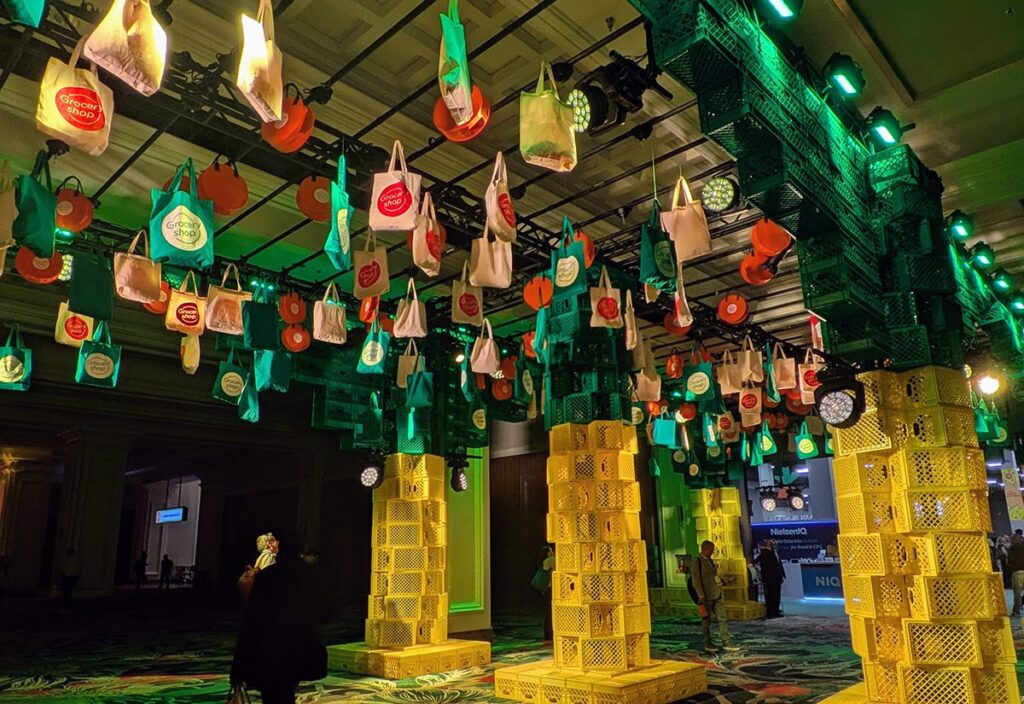I’m sure you’ve heard the one about the guy who walks into a restaurant and asks for a glass of iced tea. When the waiter tells him they don’t serve iced tea because it isn’t on the menu, the patron asks for a pot of hot tea and a glass filled with ice cubes. When the waiter returns, the patron pours the hot tea into the glass. He then turns to the waiter and says, “There. Now you serve iced tea.”
Some people’s lives begin and end with the menu life lays before them. But any smart restaurateur knows to give people what they want, menu item or not.
This is a smart-headed, customer-driven response to a competitive market – and one that doesn’t come naturally to an enterprise like the U.S. Postal Service.
More Services Needed
The postal service, unfortunately, only recently learned its market is changing. Customers aren’t satisfied with the fixed menu of services that exists in the domestic mail classification schedule, and the USPS’ monopoly is fast being eroded by electronic communication technologies.
To survive in today’s environment, the postal service has to change its ways. Rather than telling customers, “Here’s what we have, take it or leave it,” the attitude has got to become, “What do you need, and can I build it for you?”
“Did my mail get there?” should never be a question postal customers have to ask. Indeed, with all the whiz-bang electronic communications tools available today, there’s no reason why the USPS can’t offer an electronically-based message-delivery confirmation service.
This is not an invitation for the postal service to go off and waste rate payers’ dollars entering e-businesses already well served by the private sector. Rather, it’s simply to encourage it to invest that money judiciously in an electronic information infrastructure designed to enhance the value of its core hard-copy messaging business.



